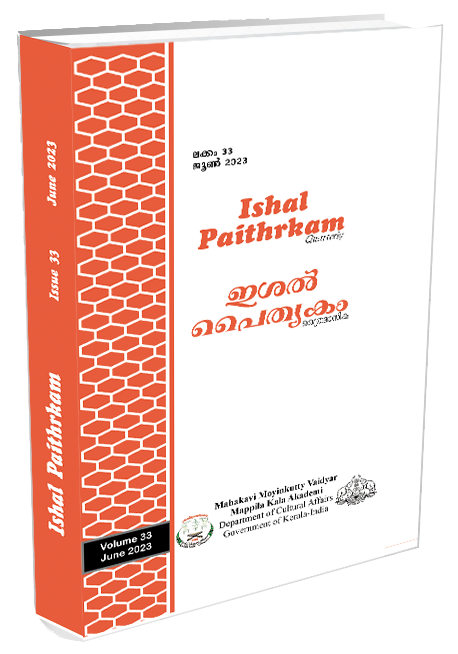Problems and Prospects of Contract Labour: Implications and Challenges for Trade Unions in BSNL.
Keywords:
Contract Labour, Telecom Reforms, Trade Unions, Liberalisation and Privatisation.Abstract
The present paper is an analysis of the challenges and repercussions of the contract labour system and its various dimensions in the telecom sector especially on BSNL, a public sector company in India. The government of India as part of economic reforms and structural adjustments incorporated many changes in its political system. The bifurcation of Postal and Telegram Departments under the Department of Telecommunication (DoT) was one of them. All governments in the era of globalisation and privatisation employ casual labourers and thus it becomes the order of the day. The system of contract labour is highly beneficial for the government and other firms especially when they face grave economic crisis, but at the same time it affects seriously the labour culture and trade union activities in a country like India. The efficacy of the provisions of the Contract Labour (Regulation and Abolition) Act, 1970 is also discussed in this paper. The present study is based on primary data collected through interview and personal conversations with trade union leaders and contract workers and on secondary data collected through articles, journals, annual reports and websites.
Downloads
References
Hanumantha G, and Dr Pavitra R Alur. (2020). Issues and Problems of contract Labourers in India., extracted from.www,org.ISSN No.2348-1269 P ISSN 2349 5138 IJRAR May 2020, 7 (2),2020.
Mankoottam,Kuriakose. (2003). Labour and change: Essays on globalisation, technological change and labour in India. Response books.
Rai.Himanshu, (2008). Managing Trade Unions at The Firm Level And The Dynamics Of Collective Bargaining. The Indian Journal of Industrial Relation. (44), p.117
Kapila, Uma. (2017). Indian economy: Performance and policies. 17thed, Academic foundation.
Mankoottam,Kuriakose. (2003). Labour and change:Essays on globalisation, technological change and labour in India. Response books p.55.
Mamoria, C.B, et al.(2004). Dynamics of Industrial Relations. Himalaya Publishing House.
The Report of The Second Commission On Labour. Ministry of labour and employment. (2002).
Tayal, Aparajita. (2004). Contract labour and the new economic policy: Is the harmonisation possible. https://www.ebc-india.com/ lawyer/ articles/ 803.htm.
DoT.(2012).National Telecom Policy 2012, Department of telecommunication. Government. of India
Rai, Himanshu. (2008). Managing trade unions at the firm level and the dynamics of collective bargaining. The Indian Journal of Industrial Relations, (44), p. 117.
The Contract Labour (Regulation and Abolition) Act 1970.Chapter V. Act 37 of 1970. Ministry of Law. Government. of India.
Bakshi,P.M. (2007).The constitution of India. Universal Publishing House.p.86
Contract Labour (Regulation and Abolition) Central Rules, 1971. Section 25(iv) p.12. https://thc.nic.in/ accessed on 20.05.2023
The Contract Labour (Regulation and Abolition) Act 1970.Chapter V. Act 37 of 1970. Ministry of Law. Government. of India
Mundayoor, Neelima. (2020 October 5). BSNL’s mass disenfranchisement of contract workers: Service level agreement and austerity measures. https://gaurilankeshnews.com/ acessed on16.05.2023
Vijayan,C.K.(2021). personal conversation with C.K Vijayan, the organising secretary, BSNLCCWF,Kerala Circle on 11th November 2022.
Downloads
Published
Issue
Section
License
Copyright (c) 2025 ISHAL PAITHRKAM

This work is licensed under a Creative Commons Attribution-NoDerivatives 4.0 International License.

